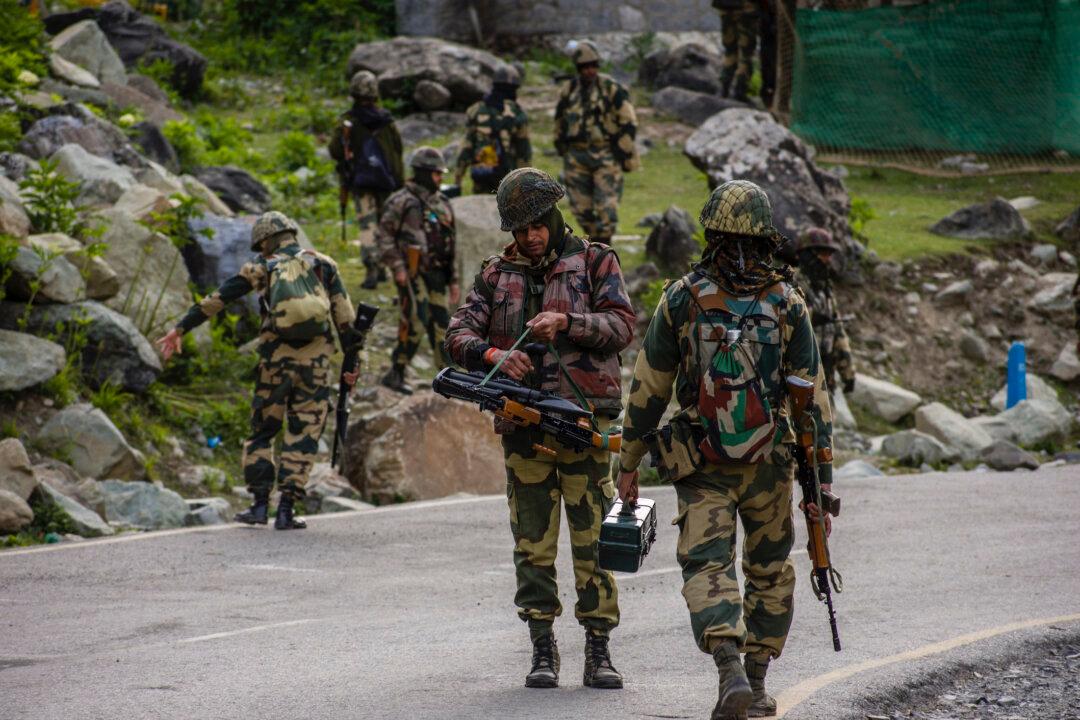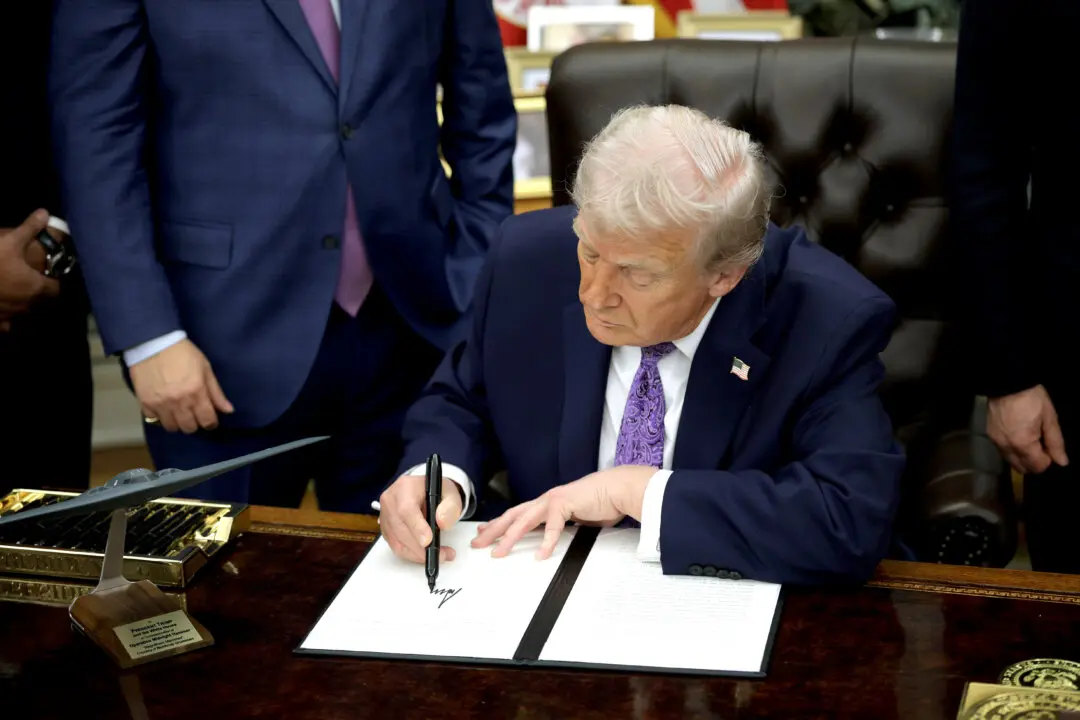Indian and Chinese troops have begun to disengage from a disputed Himalayan border area after engaging in 16 rounds of military talks to resolve friction stemming from deadly clashes in 2020.
The Indian Defense Ministry said in a Sept. 8 statement that both sides have agreed to withdraw troops from the Gogra-Hotsprings area of eastern Ladakh in “a coordinated and planned way.”





